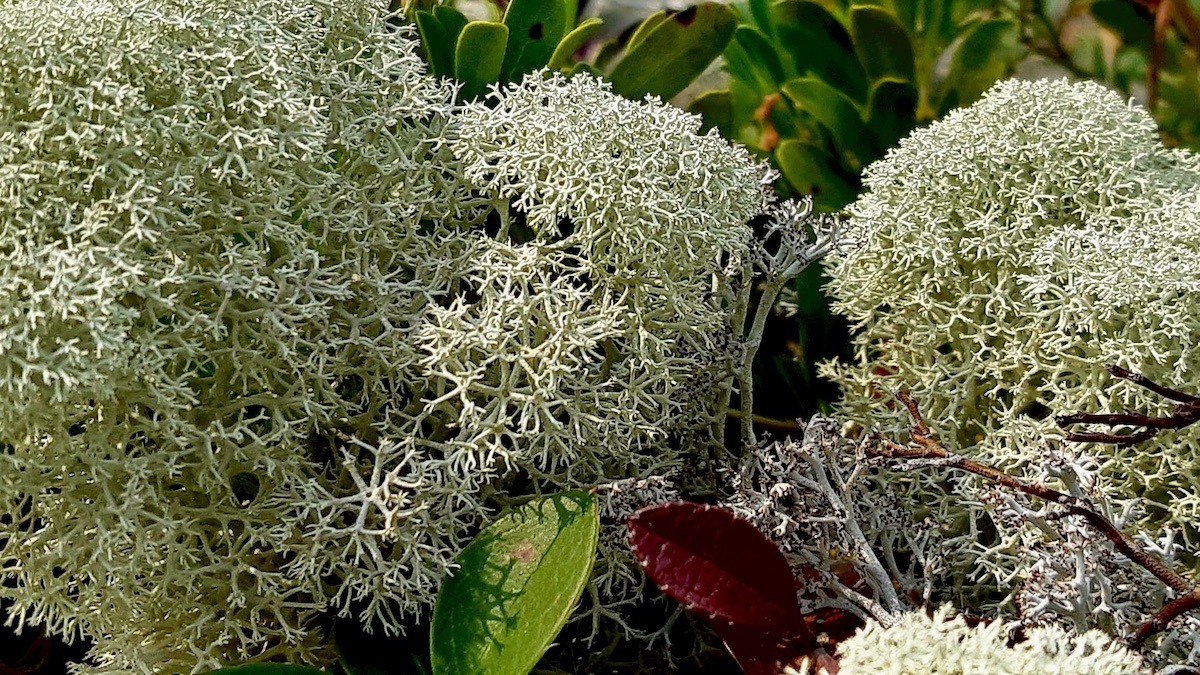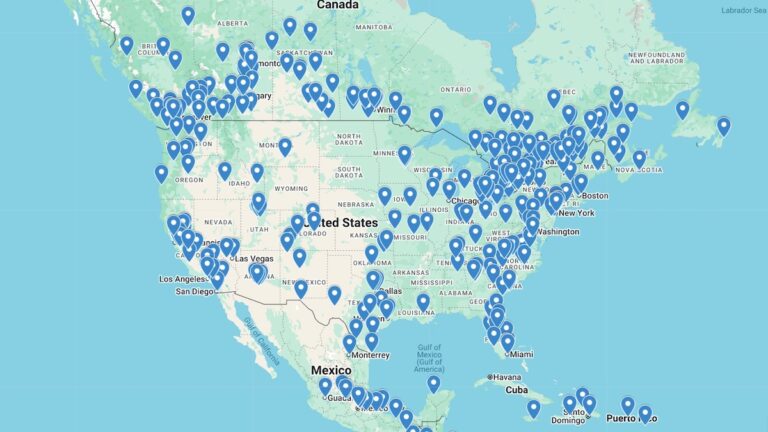
A detailed look at the intricate and delicate structure of Reindeer Lichen.
A Delicate Dance of Reindeer Lichen
The unassuming beauty of Northwestern Ontario often hides in plain sight, and few things exemplify this more than the magnificent Reindeer Lichen. Also known by its scientific name, Cladonia rangiferina, this unique organism is not a single plant but a symbiotic relationship between a fungus and algae. Its delicate, branching structure, which can look like a tiny, frosty forest, blankets the ground in a soft, cushion-like carpet. As artists and youth in our Northern Ontario Living Land Lab arts internship program, we’ve found a deep appreciation for the subtle textures and forms of this remarkable life form.
Despite its common name, Reindeer Lichen is a critical component of many ecosystems, especially in the cold, northern climates of Northwestern Ontario and beyond. While it’s not a true moss, it plays a similar role in providing ground cover and habitat for various insects and small animals. More importantly, it’s a vital food source for caribou and reindeer, especially during the harsh winter months when other food is scarce. Its ability to thrive in poor soil and harsh conditions makes it a testament to the resilience of life in the north. The presence of this lichen is a healthy indicator of the local environment.
The uses of this lichen extend beyond just animal sustenance. Indigenous communities have long utilized Reindeer Lichen for various purposes, including medicinal applications. In some traditions, it has been used to treat coughs or other ailments due to its properties. Its absorbent and fire-retardant qualities have also made it useful as a natural tinder or packing material. We’ve been working with our local community recreation partners in Northern Ontario, who help us understand the history and traditional uses of the various plants we are documenting this summer.
Reindeer Lichen’s intricate and otherworldly appearance has captivated our artists. Its pale, almost ethereal colour and complex structure provide a stunning subject for drawings, photography, and even sculptures. It’s a quiet inspiration, teaching us about the beauty of slow growth and interconnectedness. This tiny, resilient organism serves as a powerful reminder of the hidden wonders that lie just beneath our feet in the vast, open spaces of Northwestern Ontario, Manitoba, and Nunavut.
This summer, artists and youth from across Northwestern Ontario, Manitoba, and Nunavut are on a quest to capture some of the many plants and flowers that grow around our natural environments. Every day, we post a different plant or flower, mostly from our Northwestern Ontario living land lab. Now in its third year, the program was seeded in 2022 with funding and support from the Canada Council for the Arts Digital Greenhouse, and later by the Manitoba Arts Council and Ontario Arts Council. This year’s programming for plants and flowers builds on pilot programming supported by Manitoba Agriculture and the Canadian Sustainable Agricultural Partnership.
This year’s Northwestern Ontario Living Land Lab arts internship program was funded by the Ontario Arts Council Multi and Inter-Arts program and we thank them for their support.





